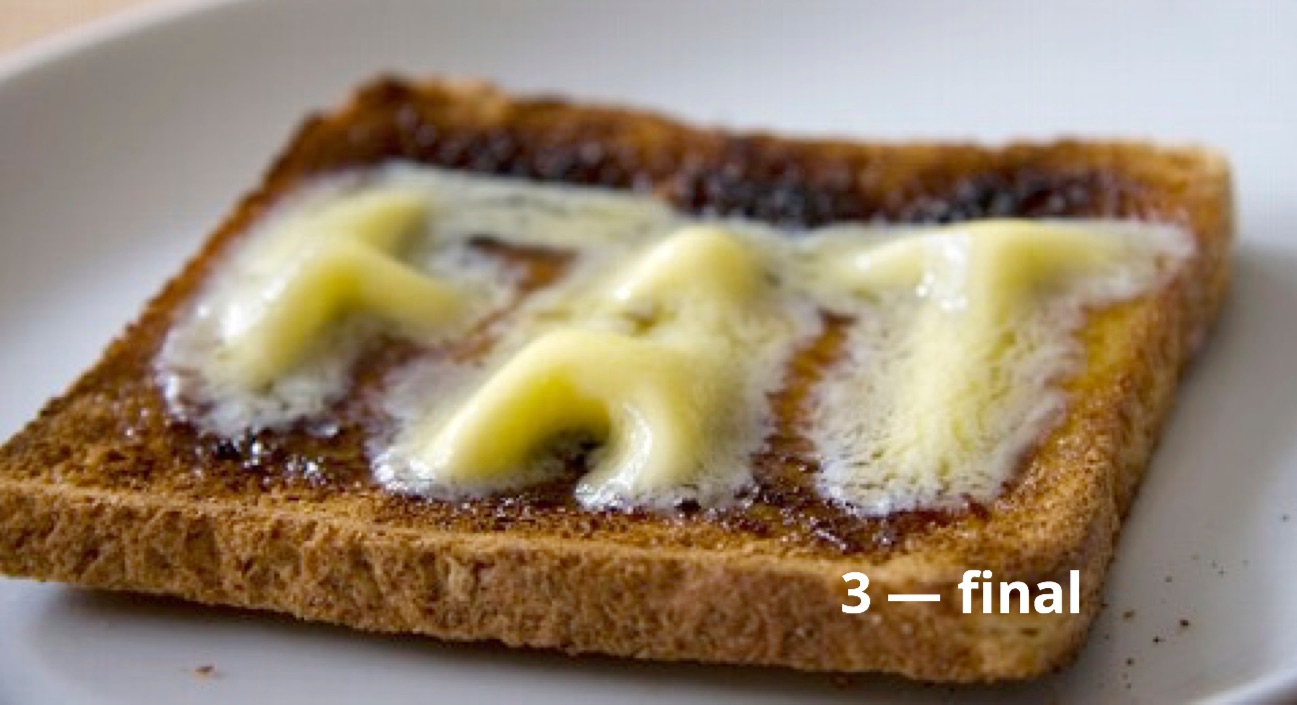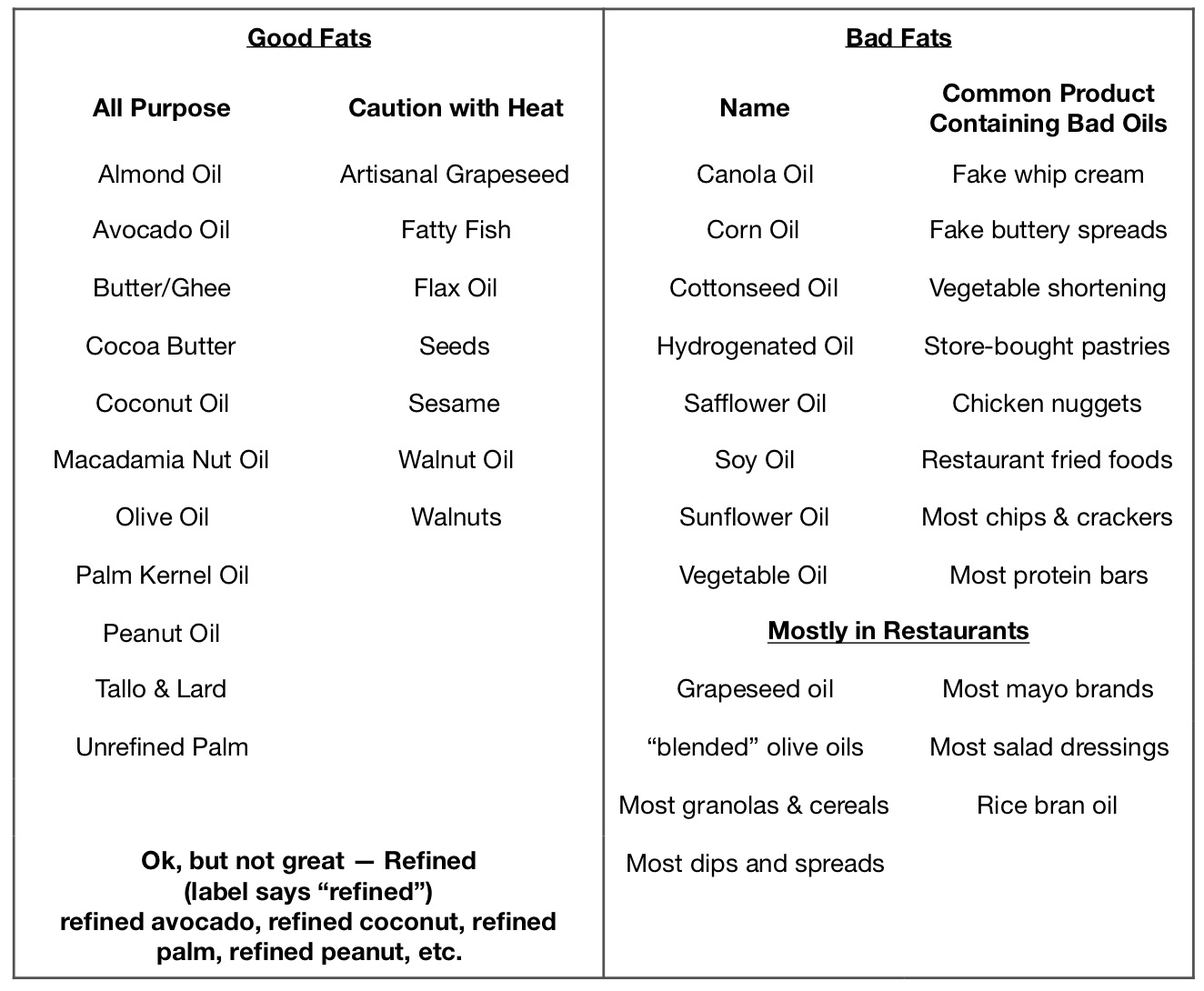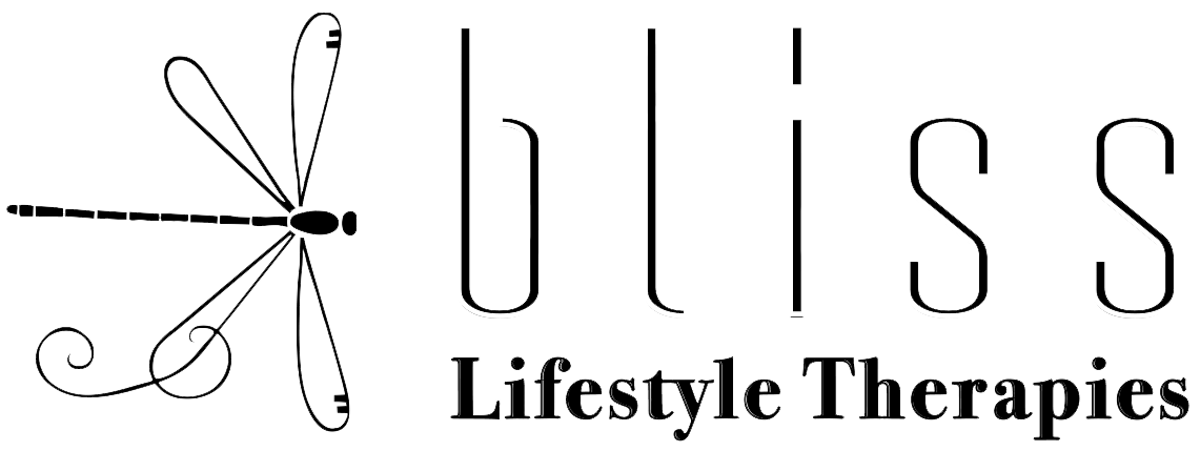
In part one we explored the importance of fats. In part two we discussed types of fats. In this article we will finish the discussion about types of fats by addressing bad fats and provide a list of some good and bad fats and where they can commonly be found.
“Bad” Fats…
Hydrogenated or “trans fats”, synthetic fats, and rancid fats are all potentially harmful to the body. It’s important to note that all fats go bad or become racid much more quickly in response to light and air, and that fats have to be REALLY bad before the smell or look bad.
The more sensitive, or unsaturated the fat is, like the omega-3, the more quickly it will go bad when heated. While each fat may have a primary type of omega in it they all have a combination of fats. Because of this, each one will have its own “smoke point” or the temperature that it burn and is oxidized and no longer healthy.
Fish contains a lot of omega-3 which has the lowest heat smoke point which is why it tastes terrible if you cook fish for too long. At lower heat, there is less damage done to a fat, unless it is simply kept hot for too long.
Hydrogenation.
People were getting sick from packaged foods due added chemicals like artificial colors, flavor enhansers, and an excess of unhealthy fats. Fats help the flavor and sell a product, and manufactureres didn’t want people to know about all the questionable ingredients they were using to make foods addictive, and cheap, so they could make a fortune. So it was easiest to suggest that it was simply that saturated fat is “bad”. As mentioned in part two, saturated fat is actually good and necessary, in the right amount, so this was far from the big picture, but people stopped buying products containing saturated fat.
Manufacturers had to do something to still sell everything without losing product shelf-life, or having their other questionable ingredients discovered. They needed to be able to say that the product had “no saturated fats” or was made with “unsaturated fat” in order to keep sales and profits up. Their answer was to add even more questionable ingredients.
They discovered that boiling an unsaturated or healthy fat, like omega-6, for a long period of time would structurally change the fat. This new “hydrogenated” fat has a long shelf-life so this allows manufacturers to state on the label that the product contains “unsaturated fat” while still having a long shelf life. This us unfair and tricky language for the consumer.
Hydrogenation causes the molecular structure of a fat to mutate so it can have a much longer shelf life so this is commonly done to fats used in packaged products.
While this makes the fat great for a packaged food, it ruins it for the human body. Hydrogenated oils clog the system, contribute to poor functioning cell walls, and increased toxicity.
If mutated, racid, or oxidized fats end up being the majority of fats in our diet, then that is what we have to use in order to create our cell walls and make hormones out of, and we are in trouble and will have health problems.
Hydrogenated fats are structurally changed so much that your body no longer even recognizes them.
Besides reading packaged foods and looking out for “hydrogenated” or “partially hydrogenated” oils, the longer an oil left in the fryer, the more likely that a high percentage, or all of it, has become hydrogenated, oxidized, or rancid. Oil is expensive so most places change their fryer oil once or twice a month, some change weekly, and almost none change the oil daily. High quality Japanese food would be the type of restaurant that takes pride in the quality of their oil and changes it the most frequently.
Synthetic fats.
Synthetic fats are man-made fats. While scientists argue that they structurally look the same under a microscope, the reality is they are often missing components that come naturally in conjunction with natural fats. This changes how the body is able to use and absorb these fats, potentially losing the value of the fat by making them harder to use, or making them harmful by making it harder for the body to get rid of them. Technically hydrogenated fat, listed above, would fall into this category, but many of our fat soluble vitamins like E, D, and A are naturally contained in healthy fats and can be made synthetically. While this makes them a lot cheaper to buy, it’s a waste of money if you can’t absorb them effectively.
Rancid fats.
Rancid fats are exactly that, rancid. They have oxidized and gone bad. As mentioned earlier, fat oxidizes/goes rancid faster in response to light and heat. That means a higher percentage of the fat that you bought in a clear package at the grocery store may already be spoiled before you ever get it home. It also means you should only have a small amount of oil in a dark/light shielded container at room temperature to cook with, while the open container that came from should be stored refrigerated for optimal freshness. Since an oil can be significantly rancid before we are able to detect that by smell or taste, it’s important that we get the best quality oils that we can. Once the oil actually smells or tastes really bad it is severely rancid.
NOTES on manufacturing and storage:
If fats are simply “expeller pressed” they have been extracted at a high heat. Any temperature that is above the human body temperature of 98.6ºF, will release fats that may be harmful, or that the human body may not be able to process. The FDA considers “cold pressed” to be acceptable at 120ºF. Is this really true if our body is only 98.6ºF? Another method is to chemically express fats. This process can definitely release fats that the human body may not naturally have been able to extract from the food, and will leave trace amounts of these extraction chemicals in the fat which can be harmful/toxic to the human body.
Fats should be “cold expeller pressed”, ideally at 98.6ºF or below and in a light shielded, air-tight container to be the best quality and freshness.
Healthy Fats
A good balance of healthy, naturally occurrring fats, especially omega-3 and 6 in a 1:2.6 balance, will increase metabolism, improve hormone balance, improve brain function and IQ, reduce pain and inflammation, and actually make it easier for you to stay at a healthy, trim weight.
Here is a general list of good ad bad fats:

To learn more or to schedule an inital testing & results, click the button below.
